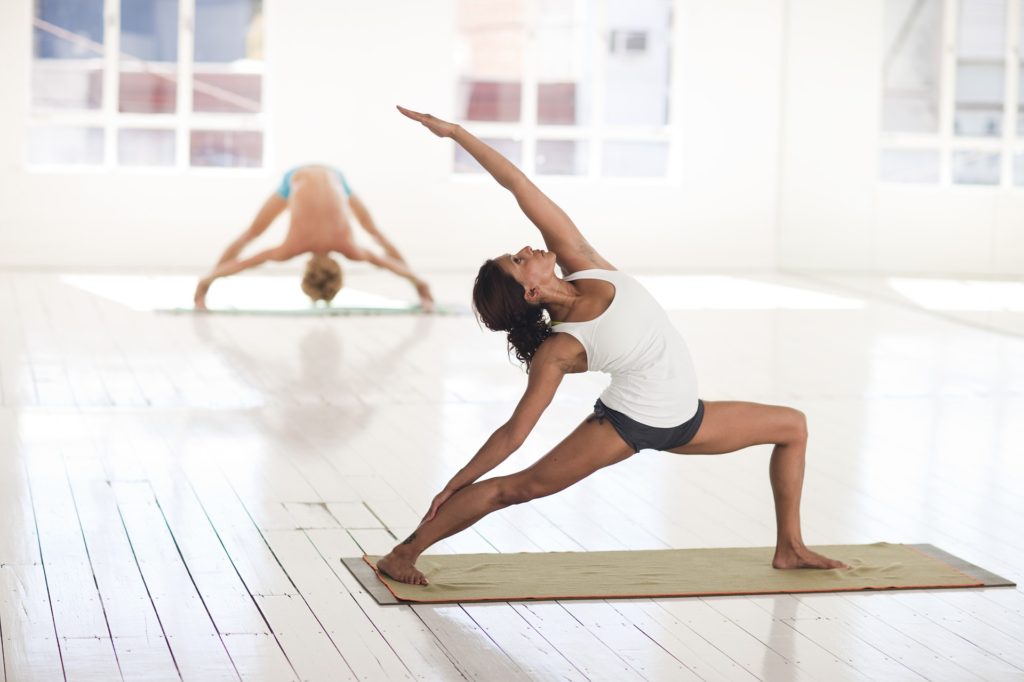Posts Tagged ‘Yoga’
Yoga – Table Work (Tablework)(Psychology)(Pain)(Strain)(Injuries)(Posture)(Alexander Technique)(Albuquerque)
This ebook, Yoga and the Alexander Technique Principles of Good Body Use, is published on this website in a PDF format. It is very detailed and practical, and it will give you the physical tools you need to take the limits off of your ability to do the asanas with great poise, posture, ease, and release.
This ebook is also for sale on all AMAZON websites in a KINDLE format.
Located in Albuquerque, New Mexico, U.S.A. (MOVEMENT THERAPY)
Because the Alexander Technique is mostly known for how we work with yoga practitioners to solve their physical problems, it isn’t common knowledge that we also use release work on the massage table to help the yoga practitioner get out of physical trouble.
What is the purpose of tablework in an Alexander Technique session?
IT IS TO SHOW THE YOGA PRACTITIONER HOW TO FULLY REGAIN CONTROL OF HIS OR HER BODY, FROM HEAD TO TOE, SO THAT THE YOGA PRACTITIONER RECLAIMS THE ABILITY TO STOP CAUSING HIS OR HERSELF PAIN AS HE OR SHE DOES YOGA.
What do I mean?
There is an AMAZING principle that is central to the Alexander Technique, and it is not part of any other movement work that I know of. Here is the principle: IF YOU CAN RELEASE TENSION ANYWHERE YOUR BODY, THEN YOU HAVE CONTROL OF YOUR BODY. It is truly a display of true CONSCIOUS CONTROL of your body, when you can release holding and tension anywhere in your body.
ANYONE CAN DO YOGA WITH EXCESS TENSION, AND MOST DO. BUT HARDLY ANY YOGA PRACTITIONER CAN RELEASE EXCESS TENSION AS HE OR SHE DOES YOGA, UNLESS THEY’VE DONE ALEXANDER TECHNIQUE WORK.
Tablework plays a huge role in assisting the Alexander Technique teacher show the yoga practitioner which parts of the body that the yoga practitioner has no control over, and then how to regain conscious control over these disconnected areas.
I have the yoga practitioner lie on the table on his or her back clothes on. I ask the yoga practitioner to let me lift an arm, and to not lift the arm for me or hold it up once I’ve lifted the arm.
You would be surprised how many yoga practitioners are incapable of releasing their arm, of making their arm available for me to move without the yoga practitioner helping. The moment the yoga practitioner realizes I’m going to lift the arm, they lift the arm for me, AND CAN’T LET ME DO THE LIFTING WITHOUT HIS OR HER HELP.
This is a powerful expression of how the yoga practitioner has lost the ability to be “at rest” in the arm. In other words, the yoga practitioner is tensed 24/7 to do something with the arm and is never at ease or rest in the arm.
What I just wrote simply translates into the yoga practitioner always having unnecessary excess tension in the arms, which is carried into doing yoga, and eventually causes pain and strain, no matter how much at ease the yoga practitioner tries to be.
As I work with the yoga practitioner on the table, I also ask the yoga practitioner to consciously surrender the movement of each leg to me, or to let me support and move the yoga practitioner’s head with a released neck.
So, in tablework I teach the yoga practitioner how to consciously regain control over the yoga practitioner’s whole body by ASKING THE YOGA PARACTITIONER NOT TO HELP ME.
Let me talk about this psychologically for a moment. WHEN WE ARE NEWBORNS WE DO NOT HELP OUR MOTHERS TAKE CARE OF US. We let our mothers do everything for us initially, and as we mature we learn to do more and more for ourselves, and this is normal and healthy. If you look at the logical progression of doing more and more for ourselves over time, many of us get the message that we must do everything for ourselves all of the time.
This means that if you feel you must do everything for yourself and do it well as a yoga practitioner, you will go overboard. Going overboard means you will do too much work as you do yoga. Too much work is too much tension, and this leads to wear and tear and pain.
How this shows up is as an inability of the yoga practitioner to stop doing too much unnecessary work as he or she does yoga. IF YOU’VE SPENT A LIFETIME BELIEVING THAT THINGS ONLY GET DONE IF YOU DO THEM, THEN YOU WILL PHYSICALLY AND MENTALLY DO TOO MUCH TO GUARANTEE THEY GET DONE RIGHT!
The Alexander Technique teacher’s job is to help the yoga practitioner regain or acquire for the first time conscious control of his or her body, by finding that balance between doing what is necessary to do yoga, and by learning to let go of the physical tension and habits that are unnecessary for being at ease in yoga.
IN SO MANY WAYS AN ALEXANDER TECHNIQUE TEACHER CAN TEACH THE YOGA PRACTITIONER THAT IT IS OK TO ACCEPT HELP AND REDISCOVER THE JOY OF NOT HELPING AND NOT DOING UNNECESSARY WORK WITH TABLEWORK.
